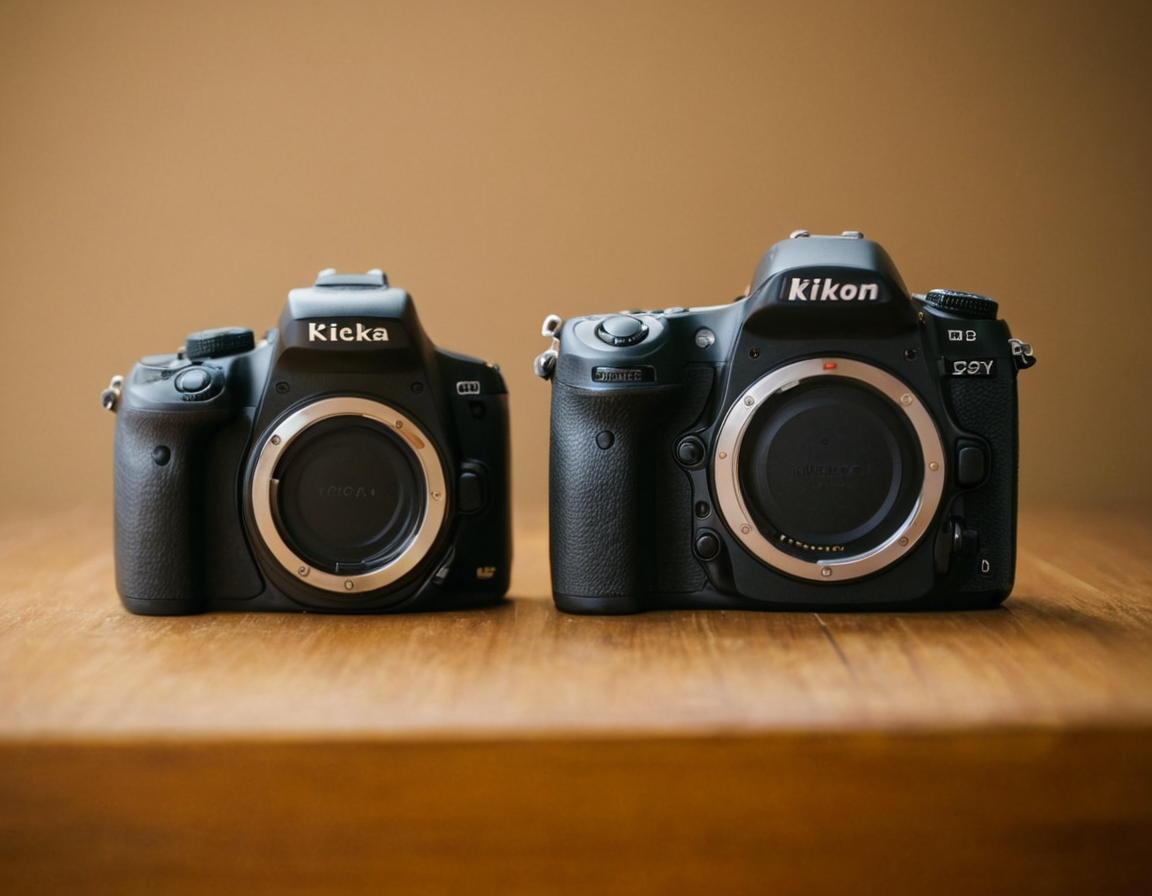DSLR vs Mirrorless: Best Camera Type for Travel Photography?

Are DSLR or Mirrorless Cameras Better for Travel Photography?
Travel photography is a popular and rewarding genre that requires the right combination of technical skills, creativity, and knowledge of the subject matter. As travelers, photographers often find themselves in unfamiliar environments with limited time to set up their equipment. In this article, we’ll explore whether DSLR or mirrorless cameras are better suited for travel photography, examining key differences, practical considerations, and expert opinions.
Introduction
The debate surrounding DSLR vs mirrorless cameras has been ongoing for several years, with each side having its own strengths and weaknesses. With the proliferation of smartphone cameras and social media platforms, many photographers have turned to travel photography as a way to capture unique moments and experiences. However, choosing the right camera can be daunting, especially for those new to the scene. In this article, we’ll delve into the world of DSLR and mirrorless cameras, examining their respective merits and limitations in the context of travel photography.
Camera Design and Portability
One of the most significant factors to consider when choosing a camera for travel is its size and weight. Mirrorless cameras are generally more compact and lightweight than DSLRs, making them easier to carry around, especially in dense or crowded areas. This factor alone can greatly impact the overall travel experience.
For instance, Sony’s mirrorless offerings like the A7R IV and Z6 II are notoriously small and light, while Canon’s EOS R5 is slightly bulkier due to its larger sensor size.
On the other hand, DSLRs like the Canon EOS 5D Mark IV or Nikon D850 are often heavier and more cumbersome, making them less ideal for extended travel periods.
Lens Selection and Autofocus
Lens selection is another critical aspect of travel photography. A good set of lenses can make all the difference in capturing high-quality images, while a poor set can lead to subpar results.
Mirrorless cameras generally offer faster autofocus acquisition due to their electronic viewfinders and advanced algorithms. This allows for quicker subject tracking and more precise control over focus.
However, DSLRs still have an advantage when it comes to lens selection, as many third-party manufacturers offer high-quality lenses specifically designed for Canon and Nikon mounts.
Image Quality and Noise Performance
Image quality is perhaps the most critical aspect of any camera system. Both DSLR and mirrorless cameras can produce excellent images, but there are some key differences to consider.
Mirrorless cameras tend to perform better in low-light conditions due to their electronic shutter and improved noise performance. However, this comes at the cost of increased rolling shutter effect and potential focus breathing issues.
DSLRs, on the other hand, often suffer from rolling shutter artifacts and slower autofocus acquisition in low-light situations.
Conclusion
Travel photography is a unique and challenging genre that requires careful consideration of multiple factors, including camera design, lens selection, and image quality. While DSLR cameras still have their strengths, mirrorless systems are rapidly closing the gap due to advancements in technology and improved performance.
Ultimately, the choice between DSLR and mirrorless comes down to personal preference, budget, and specific needs. As travelers, photographers must weigh the pros and cons of each option carefully before making an informed decision.
So, what’s your take on this topic? Are you team DSLR or team mirrorless? Share your experiences and opinions in the comments below!
Tags
dslr-travel-photography-comparison mirrorless-camera-advantages best-cameras-for-hiking-photos travelers-mirrorless-guide compact-dslr-lens-selection
About Sarah Davis
Photography enthusiast & expert Sarah Davis helps creative photographers refine their craft through inspiring tutorials, innovative tools, and actionable tips on lentecreativa.com.
